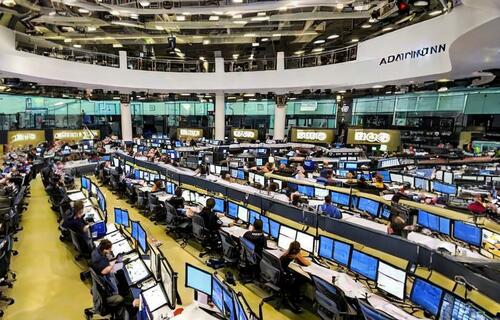By Eric Peters, CIO of One River asset management
My first trade ever was in the corn pit. 1989. Don’t remember if I bought or sold, but I lost money on the trade.
Losing on trade #1 was supposed to be good luck, and that’s probably right. If you learn to take a loss right out of the gate, you’ve at least got a shot.
Lots of people say markets go up because there are more buyers than sellers, and vice versa, but that’s not right. There are always the exact same number of buyers and sellers in the pit. What matters is whether one side is more motivated than the other.
The best trades are ones where you can see that there are a large group of aggressive sellers who will soon realize they not only need to buy back their short positions but will then want to get aggressively long. Or the inverse.
And if you spend your career looking only for such setups, you’ll be in the company of the very best investors in the world.
So, when people ask for crypto price projections, which is what most tend to want, I instead go back to my early pit-trader framework. It’s what I know best and is more valuable than the multitude of valuation metrics that humans invent to give themselves comfort in a system that is inherently unstable, prone to avalanche (melt ups too).
So here goes: The SEC approval of the bitcoin ETFs gave a massive group of buyers the ability to easily invest in bitcoin. The addition of bitcoin to a range of model portfolios at the large investment houses meant that there is a motivated buyer, and because there is no way to accelerate the pace of new bitcoin supply, the price must rise until a seller is willing to part with his position.
Rising prices ignite imaginations, and such buying can quickly become reflexive, self-reinforcing. And no doubt, there will be plenty of two-way volatility ahead, but the biggest institutions have barely even started to build their long positions.

